Wondumak (원두막)
18.3Km 2025-05-15
154, Ansan-gil, Yeonseo-myeon, , Sejong
Ganamji (가남지)
18.4Km 2025-05-19
588, Daedeok-daero, Yuseong-gu, Daejeon
Museo Nacional de Ciencia (국립중앙과학관)
18.5Km 2024-09-11
Daedeok-daero 481, Yuseong-gu, Daejeon
El Museo Nacional de Ciencia fue fundado el 9 de octubre de 1990 con la finalidad de proveer conocimientos científicos a la población coreana y contribuir al progreso del país con el desarrollo de ciencia y tecnología a través de su colección de datos e información sobre tecnología industrial, natural e historia de la ciencia.
En el patio de exposición al aire libre se encuentran avionetas, diferentes tipos de hélices, etc.; y en la sala de exposiciones especiales, donde se organizan presentaciones de objetos e inventos raros y de alto valor, están presentes los inventos ganadores de distintos concursos y torneos científicos realizados a nivel nacional. En las salas de exposiciones permanentes, alrededor de 4.200 objetos y artículos de 322 temas de 4 ramas que son la historia de la ciencia de Corea, comprensión de la naturaleza, uso científico de la naturaleza y la historia natural, se presentan en proyecciones, fotografías, planos, taxidermias, etc.
La Sala de la Astrología es un edificio de forma de un domo que cuenta con un astrovisor gigante de 70 mm, un astroproyector y un planetario. El área de estudios sobre la naturaleza dispone de plantas y árboles que son valorados científicamente para ser observados desde un sendero designado para dicho fin. La Estación Inalámbrica HAM, inaugurada el 16 de enero de 1992, está abierta solo para los grupos que soliciten su visita con anticipación. Además, en el museo se dictan cursos y clases científicas para todas las edades y también se organizan tours y excursiones relacionados con la astrología y la naturaleza.
Beer Week & Tteugi Hanu (비어위크&특이하누)
18.9Km 2025-03-15
Daedeok-daero 480, Yuseong-gu, Daejeon
010-9112-3972
Centro de Arte y Cultura de la Ciudad de Sejong (세종문화예술회관)
19.0Km 2021-04-05
Munyehoegwan-gil 22, Jochiwon-eup, Sejong
Situado en la ciudad de Sejong, el Centro de Arte y Cultura es un espacio multicultural en el que se realizan actuaciones y exposiciones. Ofrece diferentes oportunidades creativas a los artistas locales y también permite que los residentes disfruten de la cultura y del arte. El centro está formado por un salón para actuaciones con un gran escenario y espacio para 870 asistentes, y diferentes salas para exhibiciones.
Aquarium de la Expo de Daejeon (대전 엑스포 아쿠아리움)
19.1Km 2025-07-30
Expo-ro 1, Yuseong-gu, Daejeon
Daejeon SHINSEGAE Art&Science (대전신세계 아트앤사이언스)
19.1Km 2024-12-11
Expo-ro 1, Yuseong-gu, Daejeon
Smob Daejeon (스몹 대전)
19.1Km 2024-05-30
Expo-ro 1, Yuseong-gu, Daejeon
Residencia Tradicional Myeongjae Gotaek en Nonsan (논산명재고택)
19.1Km 2025-12-01
Noseongsanseong-gil 50, Noseong-myeon, Nonsan-si, Chungcheongnam-do
Mihyang (미향)
19.2Km 2025-05-15
1, Munhwa 4-gil, Jochiwon-eup, Sejong
Mihyang is a seafood restaurant specializing in haemul-jjim (steamed seafood).
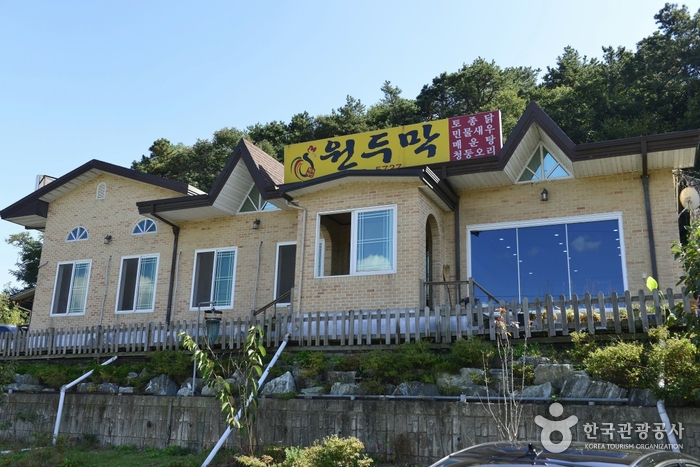
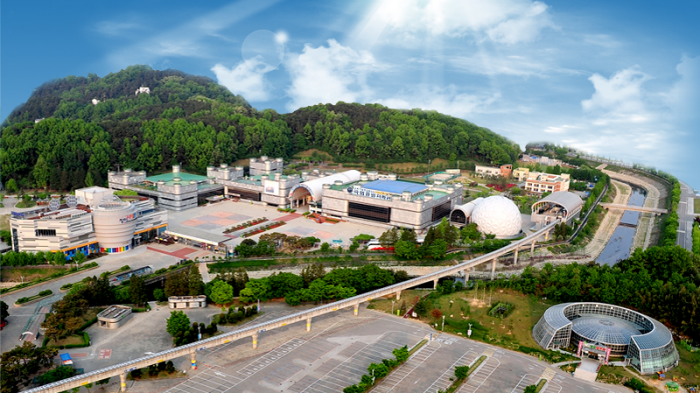
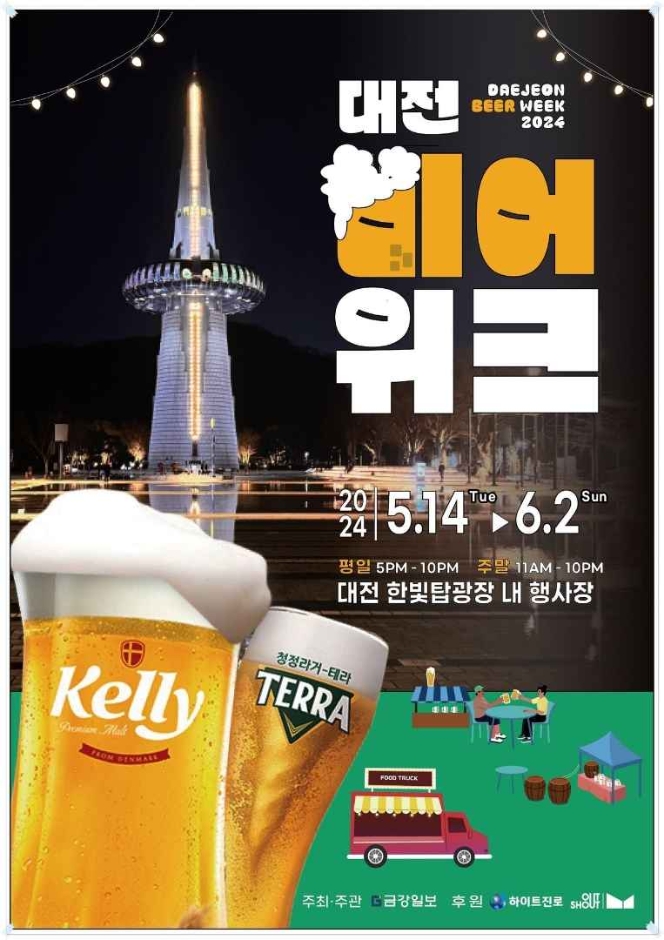

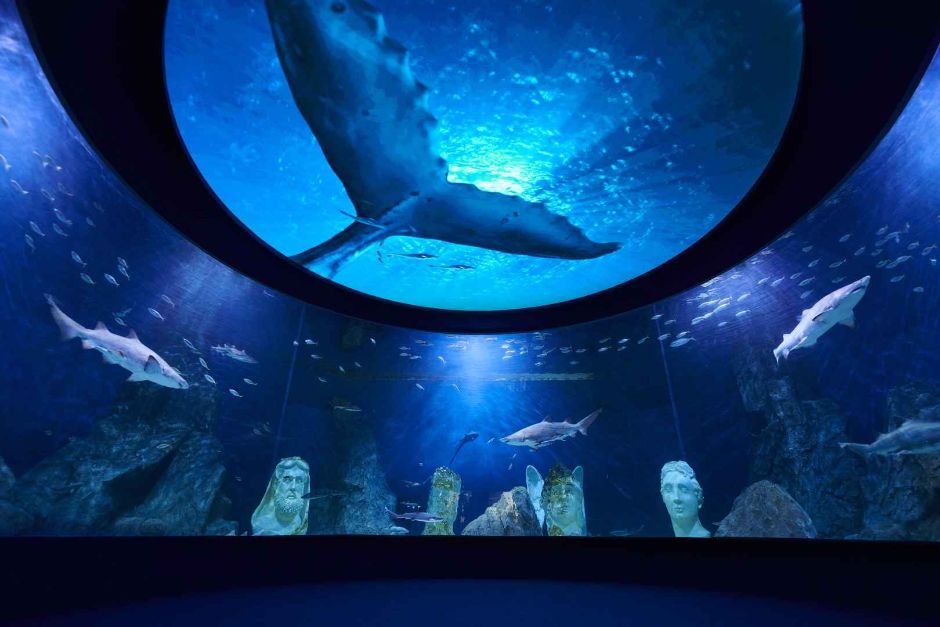
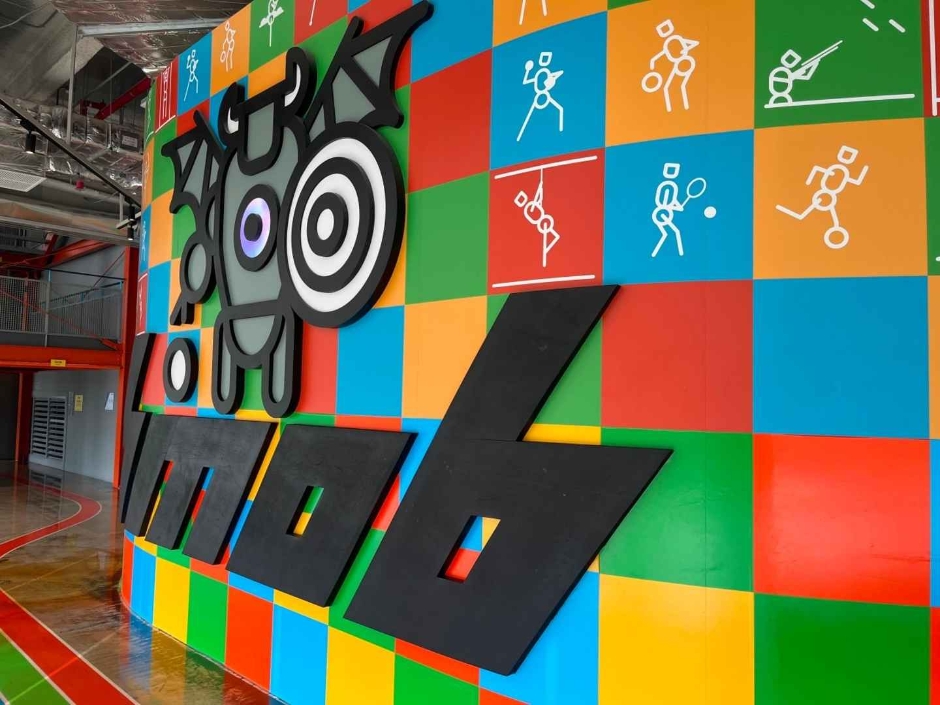
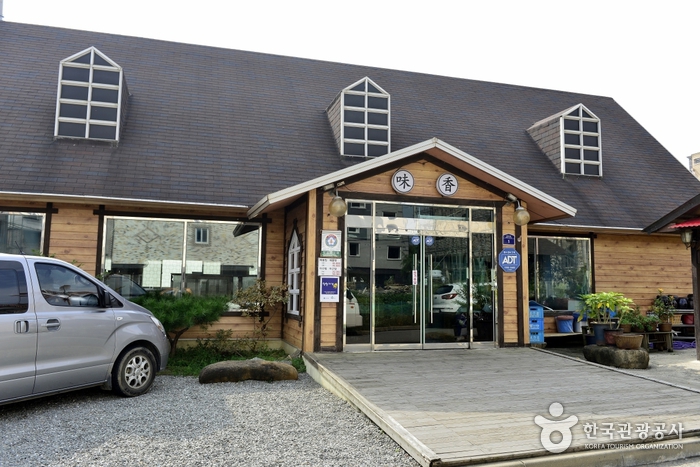
 Español
Español
 한국어
한국어 English
English 日本語
日本語 中文(简体)
中文(简体) Deutsch
Deutsch Français
Français Русский
Русский